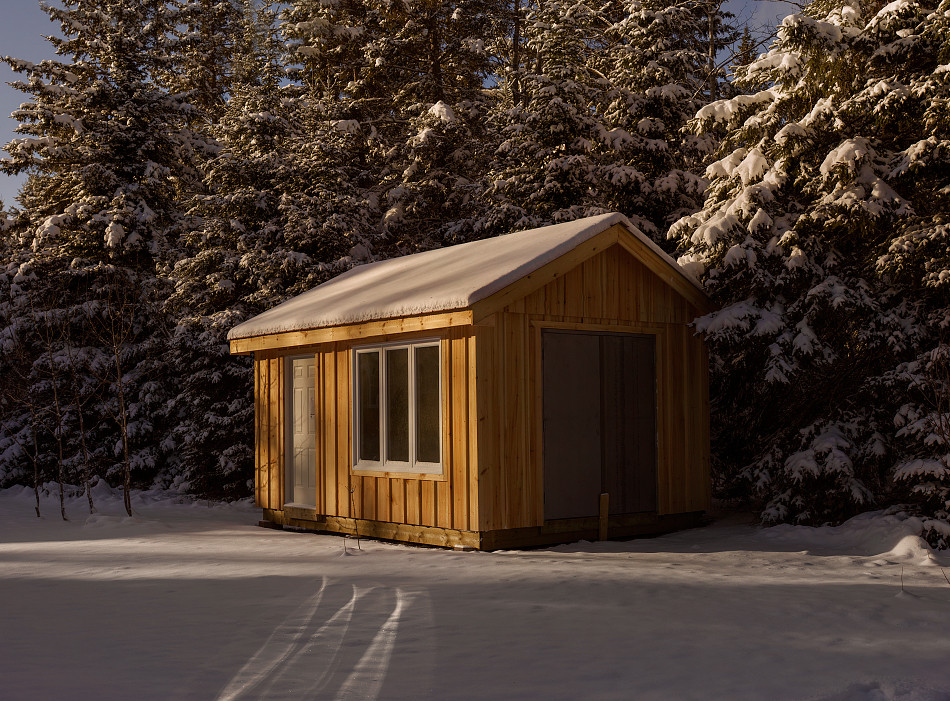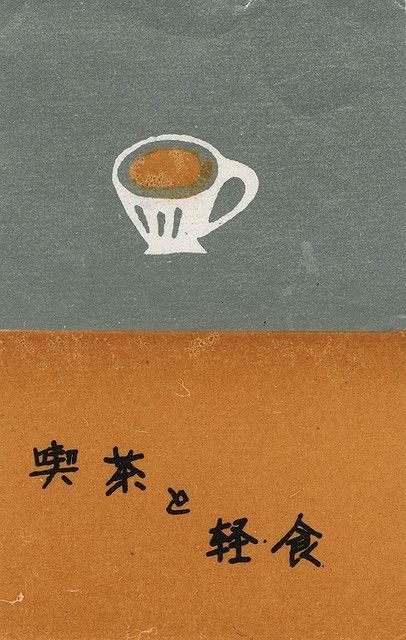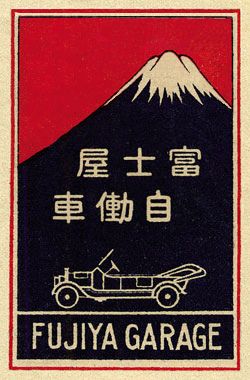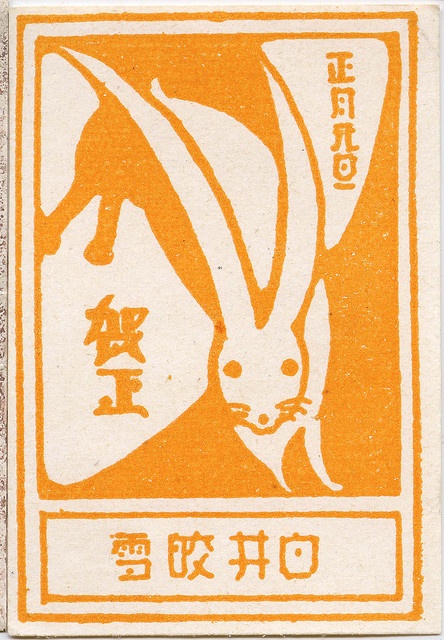@stickstones
Right on the money my friend. ha.
I approach my work from the perspective of an artist and fine wooden pipe maker, I've spent 10+ years obsessively researching and experimenting with the nuances that separate a fine tobacco pipe, from a factory pipe.
Sure, you could go out and get a $50-$100 factory made tobacco pipe, and you could get the job done reasonably, but there is a world of difference between something like that, and the works of art coming out of the masters shops. These pipes are $300-$1000+ for a reason.
And, while part of the price difference is in the aesthetics, most of it is in how it functions. These are tools, and with a tool, every single tiny detail is designed to make the job easier and more pleasant. And far too often, these details are blurred in a factory setting, and a beautiful, functional object can quickly be reduced to garbage under the gaze of those seeking the bottom dollar.
Take a woodworking chisel for example. In our modern age, many are unaware of what a real chisel can do, instead, we have the 9.99 special at the bigbox store with plastic handles that give you blisters and crack when you hit them with a mallet, and steel that will never hold a keen edge or cut wood properly. Essentially, they are "mirage objects". They exist only to make you believe that you are buying chisels, when in reality, you are buying chisel shaped objects that are mere shadows of what they were originally intended to be.
My all-time perfect example of this is the mass-produced apple peeler. A simple object, and yet, I can't buy a decent one. It's because making them sharp takes those few extra manufacturing steps, maybe even some hand work... and for the "masses" that would be far too expensive.
Nothing I have done with my design is just for show or trying to be artsy. It's been refined so that every single aspect of it is functional.
The patina on the metal gives the tip an easy to grip texture so its not slipping between your wet fingers when you're out in the woods, have soft gloves on.... or have greasy pizza fingers...
The bronze springs, why bronze? why not steel springs? Phosphor bronze is longer lasting, corrosion resistant, and also because it's a copper alloy, it dissipates heat rapidly. You can always hold the tip by the prongs, because of the way they are arched above the surface of the steel, they hold the charcoal, yes, but they are also a heat sink. They cannot be factory made into one easy-to-produce piece and still retain this functionality.
The bamboo stem, why do I include the node? why not make it an easy to produce straight wooden stem? Why colour it dark brown in an oven? Why include the blackwood tip when you can make it all one piece and make it cheaper? On the surface, these could be confused with purely aesthetic design elements...
The node is where the bamboo has the most strength, putting it near the joint makes that connection extremely strong. The grain structure of bamboo insures that every piece has grain fibers running its entire length... with any other wood, a tube this size, with an airway this open, would be weaker, prone to moisture problems, and more likely to chip or get scratched.
The dark colour comes from heating the cane and solidifying the sugars inside. This cures the cane so that it reacts less to changes in temperature and moisture and makes the surface harder.
The African blackwood mouthpiece protects the stem from teeth marks and saliva. African blackwood has been used to make bagpipes for generations. Now...why would they choose African Blackwood, when it's one of the most expensive woods available? Well, it has a natural resistance to human saliva, making it that much more perfect for a wind instrument... and also a vaporizer stem. And lets not forget the hand filing work at the tip, to taper the airway as it exits the mouthpiece..making the vapor stream less hot on your tongue...
And using wood, in general, along with a thread O-ring, allows the entire body of the pipe to remain perfectly cool in your hand, a lot less heat is transferred from the metal tip, into the wood. And consequently, less heat means glue joints that last a generation, instead of a month. The wood also helps to draw moisture out of the vapor, cooling it and giving it less bite.
Hell, maybe it's all too much, maybe I've gone a bit mad... Maybe all that anyone wants is an object that fulfills the bare minimums... But.. I can't help but feel like I have grown up in a society that surrounds itself with dead husk products, shells that have no soul inside, because no one took the time to put their soul into them.

 Everything Dan makes is art!
Everything Dan makes is art! 
 ) and I wouldn't dare bashing the work here either (fuck if I was to try to carve anything all I would end up with would be a finger with less flesh on it).
) and I wouldn't dare bashing the work here either (fuck if I was to try to carve anything all I would end up with would be a finger with less flesh on it).

 haha...just kidding....kinda...
haha...just kidding....kinda...

 hadn't seen that cubensis pipe before, really amazing work!
hadn't seen that cubensis pipe before, really amazing work!






